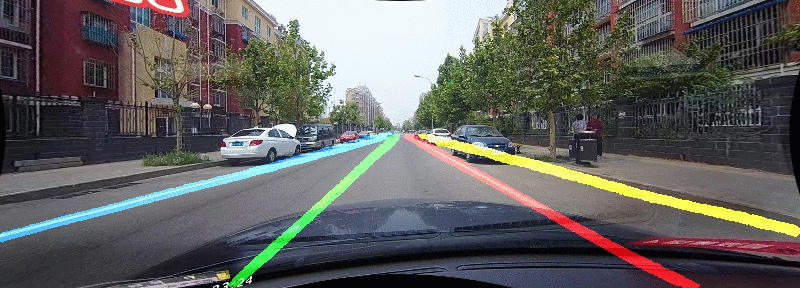InhwanBae / Enet Sad_pytorch
Programming Languages
Projects that are alternatives of or similar to Enet Sad pytorch
ENet-SAD Pytorch
Pytorch implementation of "Learning Lightweight Lane Detection CNNs by Self Attention Distillation (ICCV 2019)"

Demo
Video
Demo trained with CULane dataset & tested with \driver_193_90frame\06051123_0635.MP4
gpu_runtime: 0.016253232955932617 FPS: 61
total_runtime: 0.017553091049194336 FPS: 56 on RTX 2080 TI
Comparison
| Category | 40k episode (before SAD) | 60k episode (after SAD) |
|---|---|---|
| Image | 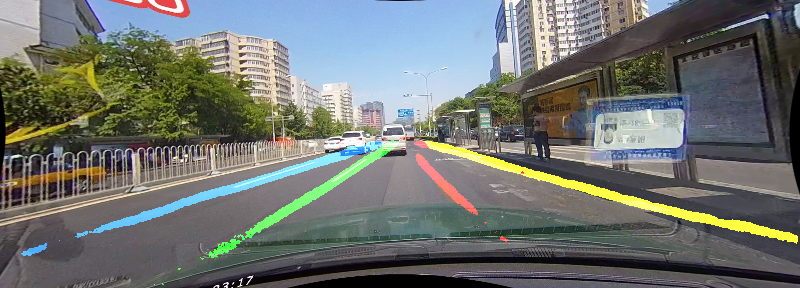 |
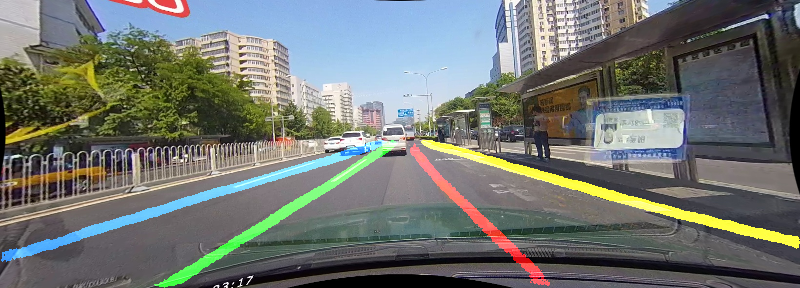 |
| Lane | 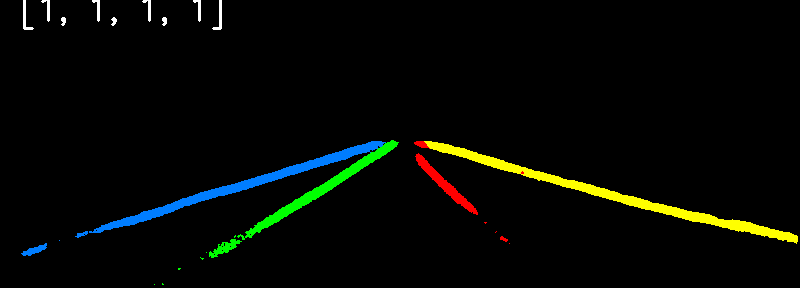 |
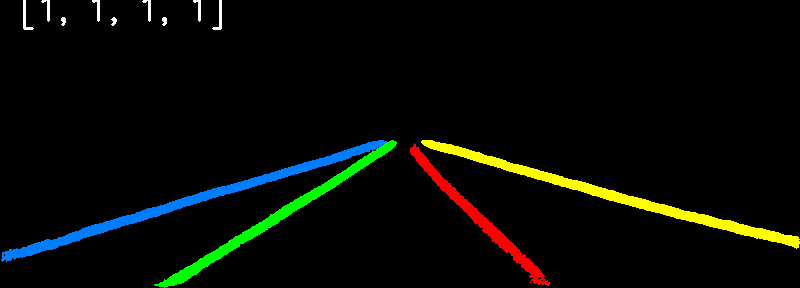 |
Train
Requirements
- pytorch
- tensorflow (for tensorboard)
- opencv
Datasets
-
CULane dataset path (click to expand)
CULane_path ├─ driver_100_30frame ├─ driver_161_90frame ├─ driver_182_30frame ├─ driver_193_90frame ├─ driver_23_30frame ├─ driver_37_30frame ├─ laneseg_label_w16 ├─ laneseg_label_w16_test └─ list
-
TuSimple dataset path (click to expand)
Tusimple_path ├─ clips ├─ label_data_0313.json ├─ label_data_0531.json ├─ label_data_0601.json └─ test_label.json
-
- Download modified labels and lists generated by author's method (train, val and list) and put the BDD100K dataset in the desired folder.
BDD100K dataset path (click to expand)
BDD100K_path ├─ images │ ├─ 10k │ └─ 100k ├─ list │ ├─ test_gt_bdd.txt │ ├─ train_gt_bdd.txt │ └─ val_gt_bdd.txt ├─ train_label │ └─ final_train └─ val_label └─ final_val
You need to change the correct dataset path in ./config.py
Dataset_Path = dict(
CULane = "/workspace/CULANE_DATASET",
Tusimple = "/workspace/TUSIMPLE_DATASET",
BDD100K = "/workspace/BDD100K_DATASET",
VPGNet = "/workspace/VPGNet_DATASET"
)
Training
First, change some hyperparameters in ./experiments/*/cfg.json
{
"model": "enet_sad", <- "scnn" or "enet_sad"
"dataset": {
"dataset_name": "CULane", <- "CULane" or "Tusimple"
"batch_size": 12,
"resize_shape": [800, 288] <- [800, 288] with CULane, [640, 368] with Tusimple, and [640, 360] with BDD100K
This size is defined in the ENet-SAD paper, any size is fine if it is a multiple of 8.
},
...
}
And then, start training with train.py
python train.py --exp_dir ./experiments/exp1
Optional
If you write your own code using ENet-SAD model, you can init ENet_SAD with some parameters.
class ENet_SAD(nn.Module):
"""
Generate the ENet-SAD model.
Keyword arguments:
- input_size (tuple): Size of the input image to segment.
- encoder_relu (bool, optional): When ``True`` ReLU is used as the
activation function in the encoder blocks/layers; otherwise, PReLU
is used. Default: False.
- decoder_relu (bool, optional): When ``True`` ReLU is used as the
activation function in the decoder blocks/layers; otherwise, PReLU
is used. Default: True.
- sad (bool, optional): When ``True``, SAD is added to model;
otherwise, SAD is removed. Default: False.
- weight_share (bool, optional): When ``True``, weights are shared
with encoder blocks (E2, E3 and E4); otherwise, encoders will each
learn with their own weights. Default: True.
"""
Performance
Will continue to be updated.
-
TuSimple dataset
Category ENet-SAD Pytorch ENet-SAD paper Accuracy 93.93% 96.64% FP 0.2279 0.0602 FN 0.0838 0.0205 -
CULane dataset (F1-measure, FP measure for crossroad)
Category ENet-SAD Pytorch ENet-SAD paper Normal 86.8 90.1 Crowded 65.3 68.8 Night 54.0 66.0 No line 37.3 41.6 Shadow 52.4 65.9 Arrow 78.2 84.0 Dazzle light 51.0 60.2 Curve 58.6 65.7 Crossroad 2278 1995 Total 65.5 70.8 -
BDD100K
Category ENet-SAD Pytorch ENet-SAD paper Accuracy 37.09% 36.56% IoU 15.14 16.02
Acknowledgement
This repo is built upon official implementation ENet-SAD and based on PyTorch-ENet, SCNN_Pytorch.

